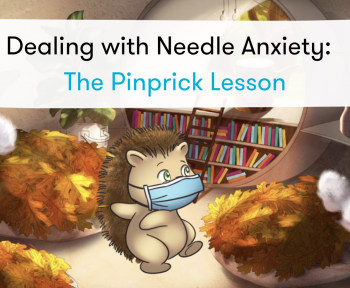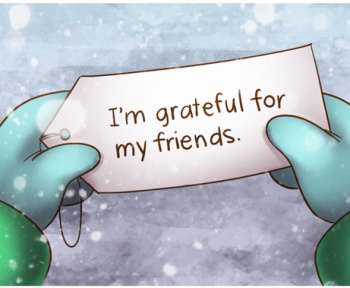We are just over a month into Russia’s unsanctioned attacks on Ukraine. After two years of isolation and uncertainty from COVID, we are entering another unique era of navigation.
Students of all ages are being exposed to images and content from the war on TV, and online through social media. Even young students who you assume would not be exposed to this content may overhear conversations, or notice a shift in mood from parents/guardians.
In every classroom, there is likely a family or cultural connection to Ukraine between students and staff. There are also students with family in the military, who may be exposed to the happenings in war or fear the departure of family if the situation escalates.
For this reason, it is important to address and provide resources for students to express their feelings and worries. To address social and emotional learning (SEL), students need to talk about how they feel, what they’ve seen online, and how it impacts their emotions. These are difficult conversations to navigate, so we wanted to provide you with resources to help both educators and parents help children better understand and express their emotions.
Helpful Resources
The video linked here provides expert information from Amanda Heins, PsyD, supervising psychologist for the OCD and general Anxiety Center Adolescent Residential Care, on how to discuss the war in Ukraine with children. They acknowledge the parental concerns regarding what children may be seeing or hearing about the war and encourage parents to approach children with curiosity, while monitoring what they are looking at on social media.
This article from EduTopia outlines 10 strategies to help students cope with violence. Some examples include discussing students fears, doing risk analysis, and writing letters to victims or to political leaders.
This article shares an online initiative classrooms can participate in to share their artwork. #KidsDrawPeace4Ukraine encourages kids to draw messages of hope for students in Ukraine, which can help ease the sense of helplessness many students are currently feeling. Art has also been shown t relieve anxiety and help in expressing painful or difficult feelings.

Art is used as a means of relief in many scenarios by distracting the mind from other worries. Students may feel helpless during this time, and find comfort in an activity that they feel will help in some way. Peekapak encourages you to create messages of optimism on paper, online, or other creative means. Feel free to share your classroom artwork online, tagging us!
Because this is shared online, do not put any identifying information on the artwork
The Peekapak team looks forward to seeing your classrooms/child’s artwork sharing messages of optimism!
Find more useful strategies and resources to discuss the ongoing world events here, from the San Diego Office of Education .


 Resources
Resources


 Industry
Industry